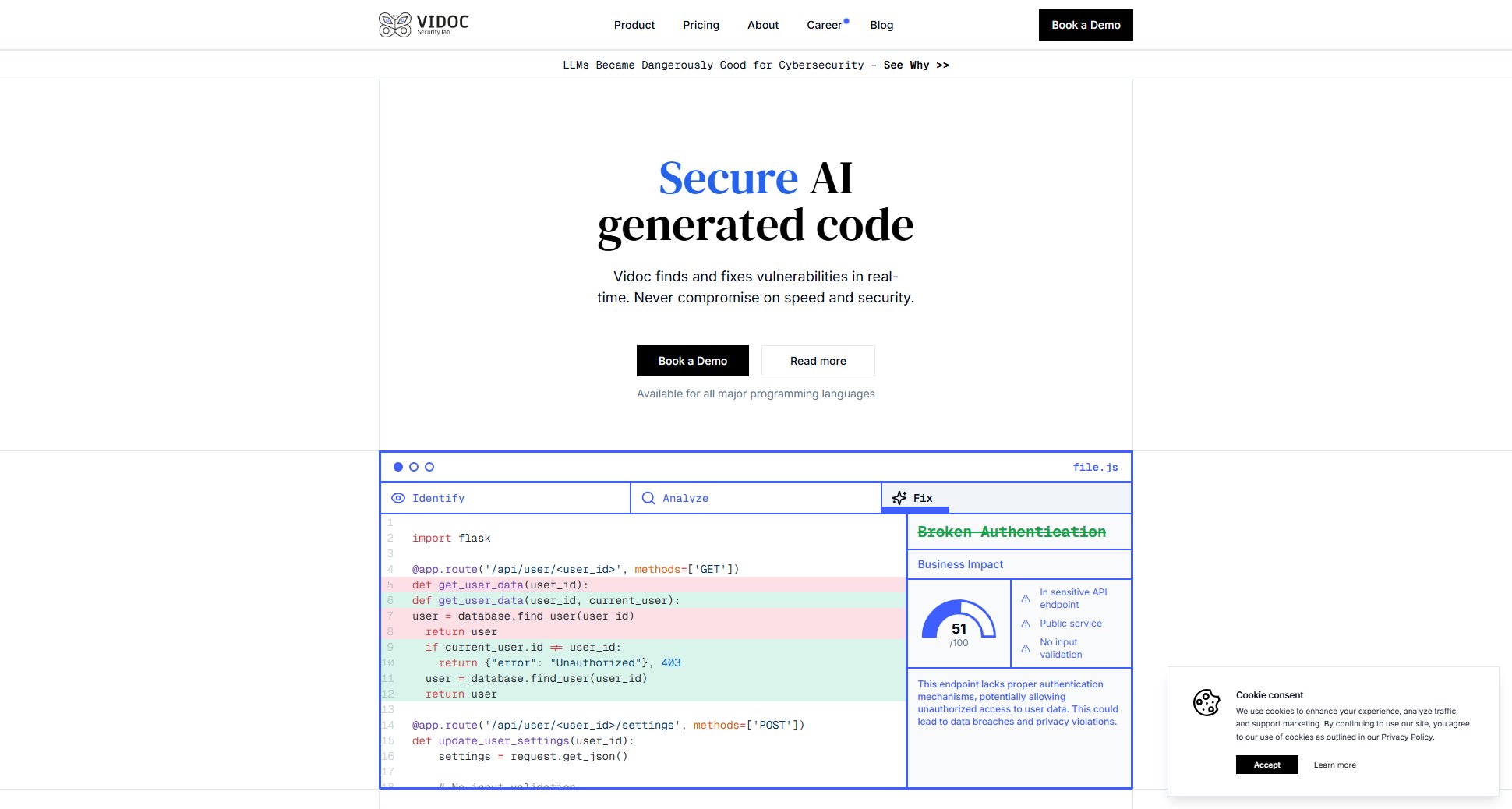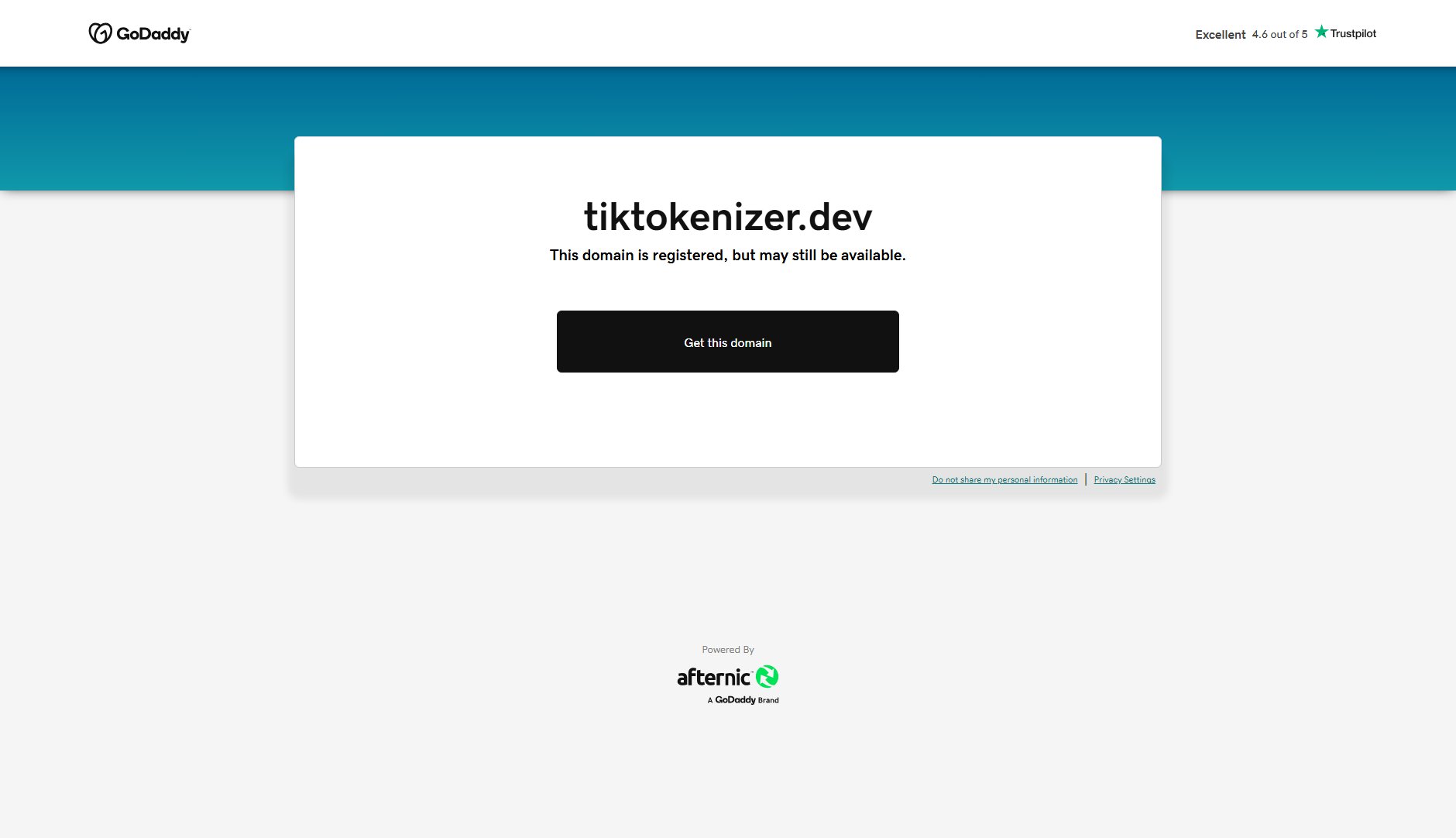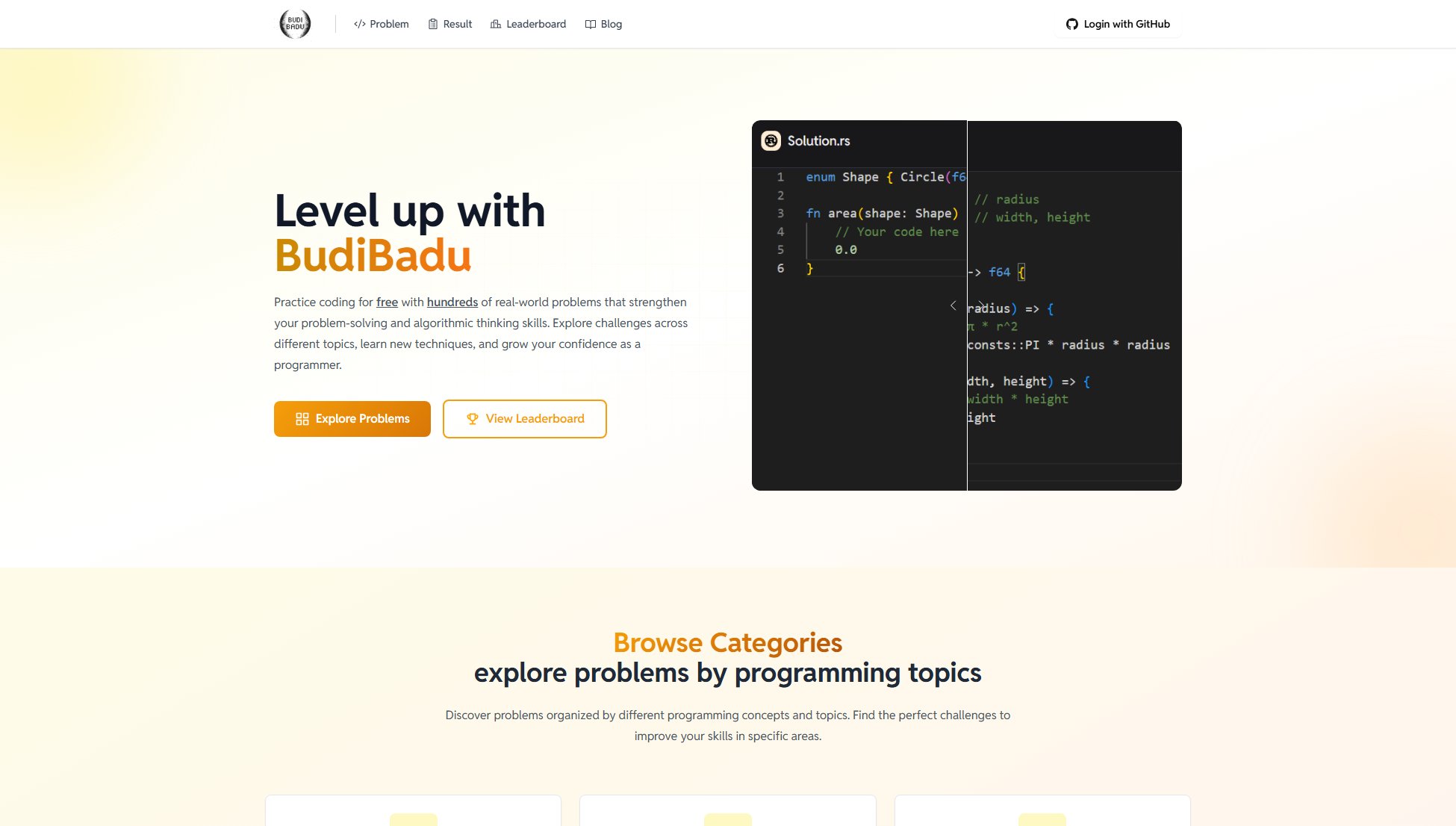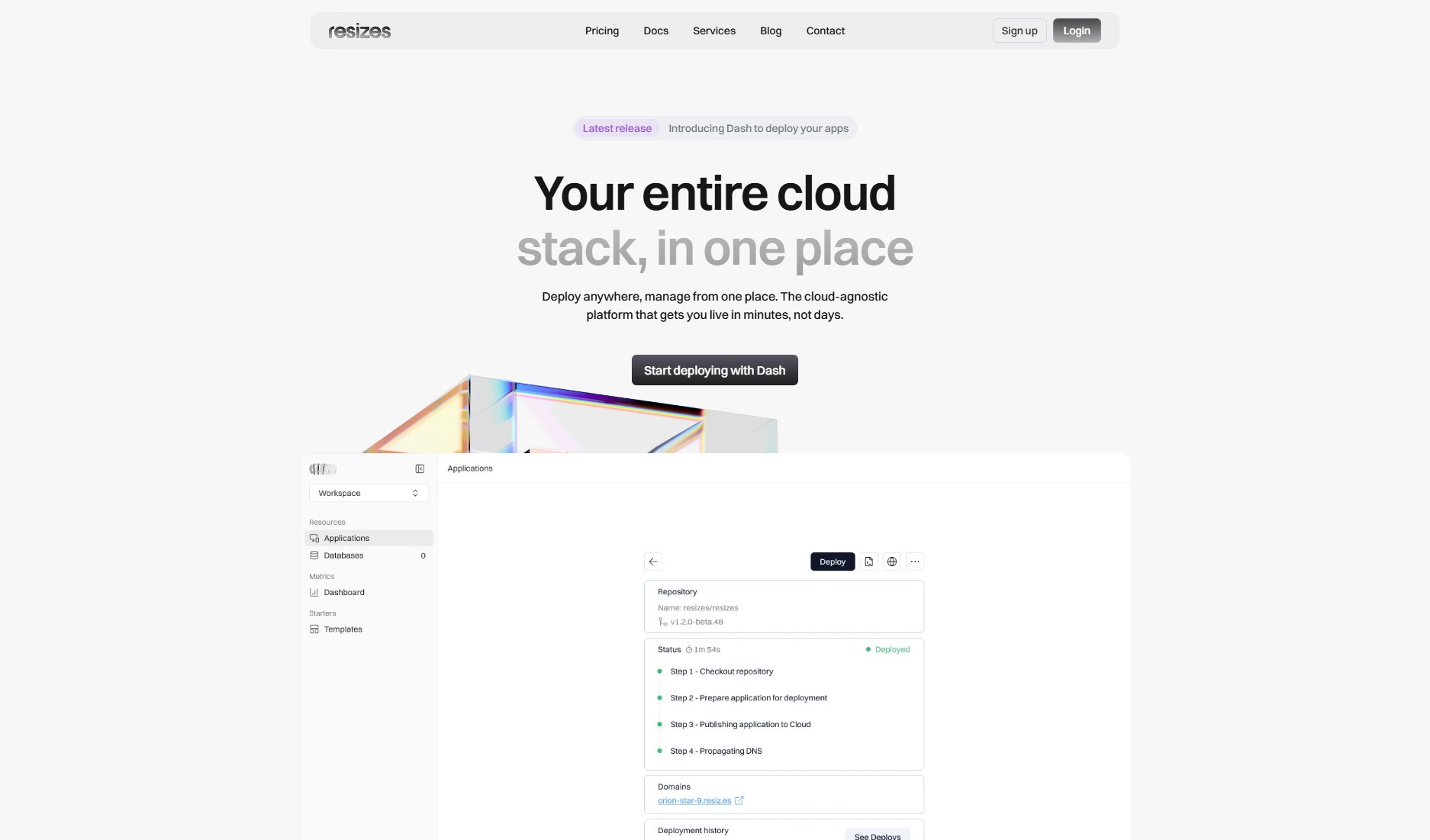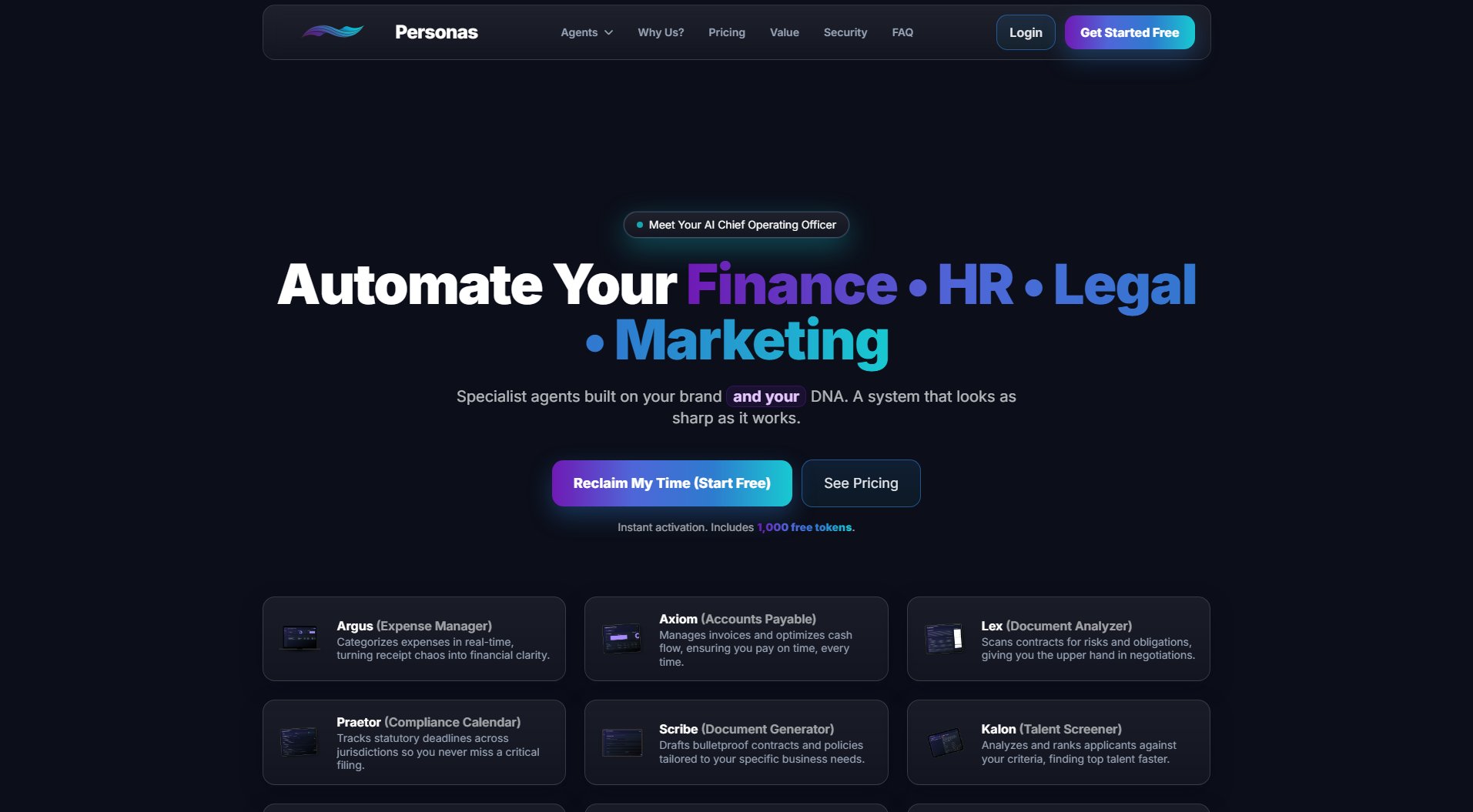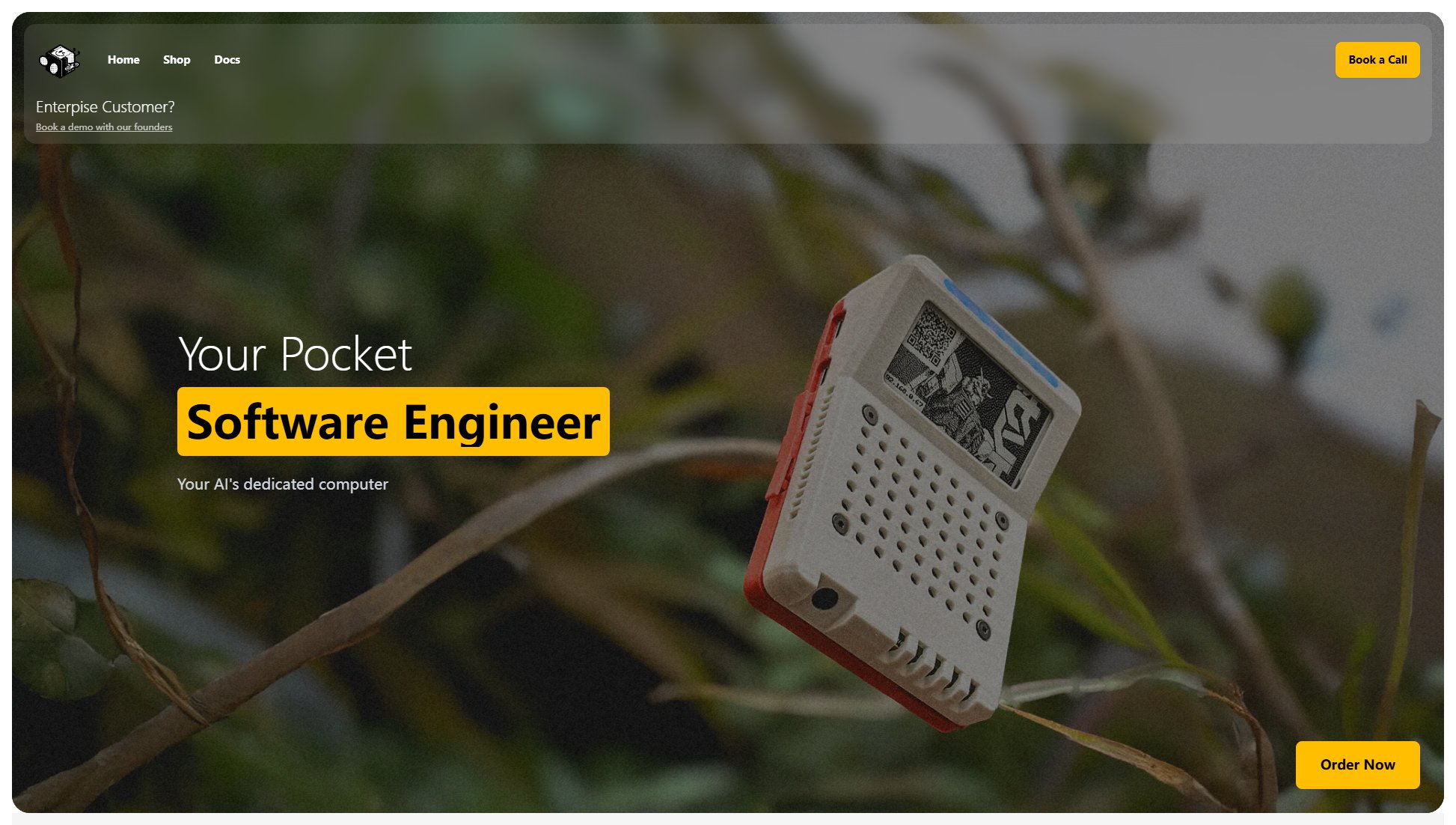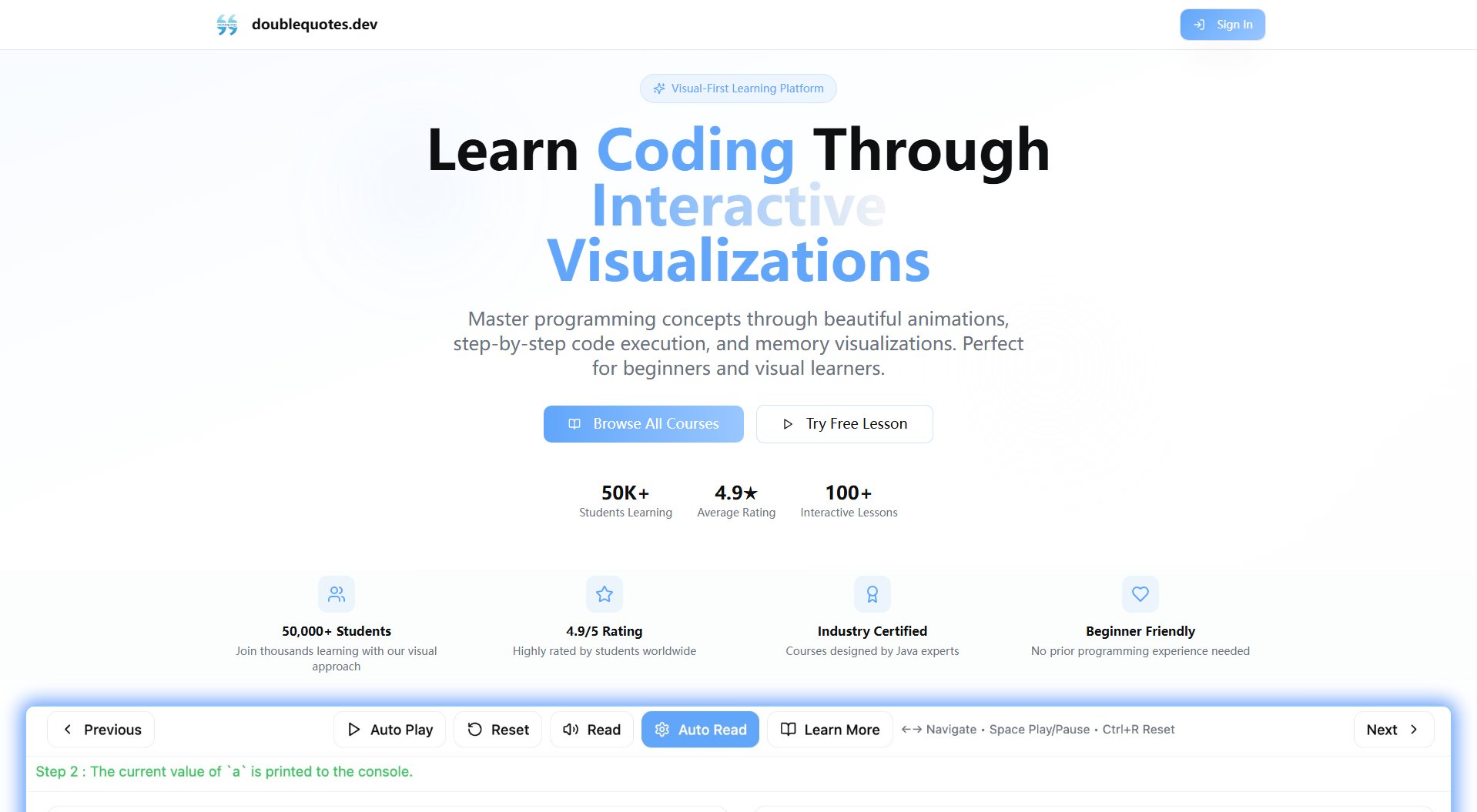SWE-1
AI models tailored for the full software engineering lifecycle
What is SWE-1? Complete Overview
The SWE-1 model family by Windsurf represents a breakthrough in AI-assisted software engineering. These models are specifically designed to accelerate and enhance the entire software development process, not just coding. The family includes three variants: the flagship SWE-1 for advanced tasks, SWE-1-lite for balanced performance, and SWE-1-mini for lightweight predictions. Released as part of Windsurf's Wave 9 update, these models introduce innovative features like 'flow awareness' that creates a shared timeline between developers and AI, enabling seamless collaboration. The tools are built to handle incomplete states, work across multiple surfaces (terminals, IDEs, internet), and manage long-running tasks - addressing real-world development challenges that traditional coding assistants can't handle. Windsurf claims these models can accelerate software development by up to 99%, making them valuable for both individual developers and enterprise teams.
SWE-1 Interface & Screenshots

SWE-1 Official screenshot of the tool interface
What Can SWE-1 Do? Key Features
Flow Awareness
SWE-1's groundbreaking feature creates a shared timeline of actions between developers and AI, enabling continuous improvement and progressive task transfer. This maintains developer flow state by anticipating needs and resolving issues proactively, fundamentally changing how humans and AI collaborate in software development.
Multi-Surface Support
Unlike traditional coding assistants limited to IDEs, SWE-1 models work across terminals, IDEs, and internet browsers. This allows them to assist with the full spectrum of software engineering tasks, from research to implementation to debugging, in the environments where developers actually work.
Incomplete State Reasoning
SWE-1 models can reason over ambiguous and incomplete states, a crucial capability for real-world development where requirements and specifications often evolve. This allows the AI to provide meaningful assistance even when project details aren't fully fleshed out.
Long-Running Task Management
The models are designed to handle extended development tasks that span multiple sessions, maintaining context and progress over time. This enables them to assist with complex software engineering projects that go beyond simple code completion.
Model Variants for Different Needs
The SWE-1 family offers three optimized variants: the full SWE-1 for advanced reasoning, SWE-1-lite for balanced performance, and SWE-1-mini for fast predictions. This allows developers to choose the right tool for each task while maintaining a consistent interface and workflow.
Best SWE-1 Use Cases & Applications
Enterprise Software Development
Development teams can use SWE-1 to accelerate large-scale projects, with the AI handling routine coding tasks while developers focus on architecture and complex problem-solving. The models' ability to work with incomplete specifications helps teams iterate quickly during early project phases.
Solo Developer Productivity
Individual developers can leverage SWE-1 as a virtual pair programmer, with the AI providing continuous assistance across all development surfaces. The lightweight SWE-1-mini model is particularly useful for maintaining coding flow during intensive sessions.
Legacy System Maintenance
SWE-1's reasoning capabilities make it effective for understanding and updating older codebases. Developers can use it to quickly grasp unfamiliar systems and implement necessary changes while maintaining compatibility.
Rapid Prototyping
The models' ability to work with ambiguous requirements accelerates prototyping. Developers can describe high-level concepts and have SWE-1 generate initial implementations that can then be refined through iterative collaboration.
How to Use SWE-1: Step-by-Step Guide
Access the Windsurf Editor at windsurf.com, which serves as the integrated development environment for all SWE-1 models. Both free and paid users can immediately start using SWE-1-lite and SWE-1-mini.
For paid users wanting full SWE-1 capabilities, upgrade your account through the Windsurf subscription portal to unlock access to the advanced model.
Begin your development work as normal. The SWE-1 models will automatically provide assistance based on your activity across terminals, IDEs, and browsers.
Engage with the 'flow awareness' feature by allowing the AI to track your development timeline. The system will learn your patterns and begin anticipating needs.
For complex tasks, explicitly delegate work to the AI through natural language commands. The models can handle long-running tasks and report back when complete.
Monitor and refine the AI's contributions through the shared timeline interface, ensuring quality while progressively transferring more responsibility to the AI as trust builds.
SWE-1 Pros and Cons: Honest Review
Pros
Considerations
Is SWE-1 Worth It? FAQ & Reviews
SWE-1 is designed specifically for the full software engineering lifecycle, not just coding. Its flow awareness, multi-surface support, and ability to handle incomplete states set it apart from general-purpose coding assistants.
Yes, the SWE-1-lite and SWE-1-mini models are available to all users for free with unlimited use. Only the full SWE-1 model requires a paid subscription.
While competitive with these models on programming benchmarks, SWE-1 is specifically optimized for software engineering tasks. It outperforms general models in understanding development contexts and maintaining flow state.
While specific languages aren't listed, as models built for software engineering, SWE-1 likely supports all major programming languages with particular strength in web and application development stacks.
Windsurf has not published specific data policies, but as a professional tool focused on enterprise use, they likely have robust security measures. Always review terms of service for details on data handling.
Yes, through the Windsurf Editor which integrates with development environments. The multi-surface capability means it can assist across tools you already use.
Flow awareness creates a shared timeline tracking both developer and AI actions. This allows the system to understand context deeply, anticipate next steps, and transfer tasks seamlessly between human and AI as appropriate.

